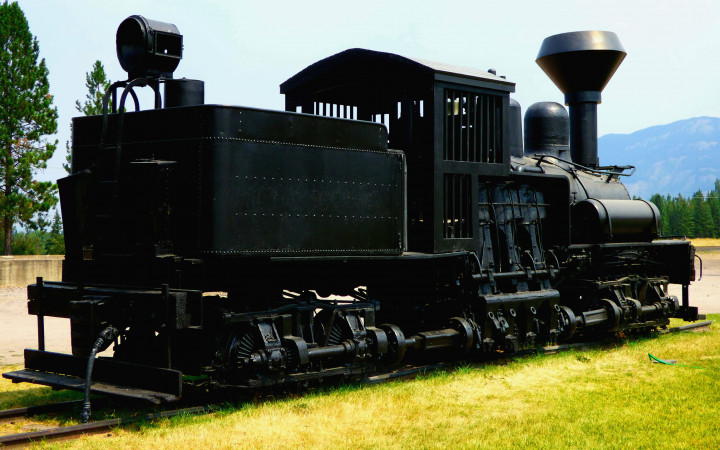Today’s Wonder of the Day was inspired by Andrew. Andrew Wonders, “What was the industrial revolution?” Thanks for WONDERing with us, Andrew!
Picture it: you’re walking home on a fine fall day. The sky is clear, the air is fresh, and the creek near you is full of clear water. You were up before dawn to help on the farm. There’s more work ahead of you this afternoon. You’ll carry water from the well, churn butter, and sew a new shirt before bedtime. Tomorrow, you’ll do it all over again. Have we traveled to another universe? No, we’ve just gone back in time! This is what life was like before the Industrial Revolution.
The Industrial Revolution was a time of change. It started in Great Britain in the late 18th Century. Soon, the Industrial Revolution spread across Europe and the United States. For thousands of years before, most things had been made by hand. During the Industrial Revolution, people started using machines to make goods.
Several inventions made this possible. Technology like the spinning jenny sped up the production of clothing. The steam engine and automobile allowed people and goods to travel faster. The telegraph and radio made it easier for people to communicate. Suddenly, people could make goods at a faster rate than ever before.
This led to the rise of factories. Factory owners wanted to make as many goods as possible as quickly as they could. To do so, they hired workers of all ages. Soon, people moved from farms to cities to work in factories. Cities became crowded. Many people had trouble finding places to live. Still, new people arrived every day looking for jobs.
How would you like to do the same thing over and over for twelve hours? Does that sound boring? That’s what work was like for many during the Industrial Revolution. To make goods faster, factory owners divided up labor. That meant they gave each worker one task to do all day, like on an assembly line. This sped up the production of goods, which made more money for the owners.
However, factory owners did not share the wealth. Instead, they paid their workers very little. The pay was also unequal. Child workers got the worst of it. They were paid less than women, who were paid less than men. How would you like to work hard all day for less money than the person next to you?
Despite this, kids continued working in factories to help their families. The work was often dangerous. Children as young as five were badly hurt after being sent to work in factories. The work was also harmful to the environment. Factories used fossil fuels and caused pollution. Many of today’s environmental issues started during the Industrial Revolution.
In other ways, the Industrial Revolution brought positive change. The prices of many goods went down. Most people could find jobs easily. It was easier to make medical tools in factories than by hand. That helped the growth of medicine. In many ways, the Industrial Revolution improved people’s quality of life.
What would our world be like without the Industrial Revolution? What items might be more expensive or not available at all? Your clothes, your school supplies, and even your food were likely produced using machines. Look around you. Do you see anything that wasn’t made by a machine?
Standards: C3.D2.Eco.1, C3.D2.Eco.3, C3.D2.Eco.5, C3.D2.Eco.7, C3.D2.His.2, CCRA.L.3, CCRA.L.6, CCRA.R.1, CCRA.R.2, CCRA.R.10, CCRA.W.1, CCRA.W.4, CCRA.W.9, CCRA.L.1, CCRA.L.2, CCRA.SL.1, CCRA.SL.2




